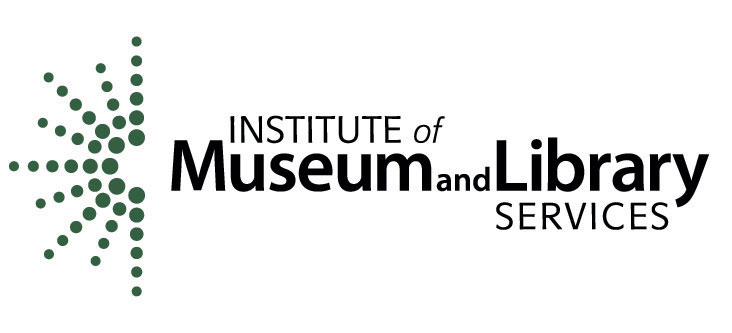A list of ten things you can do for free or low cost:
- Reach out to local disability social service organizations to begin a partnership.
Often these organizations are willing to provide training for free or low cost to partners as an in-kind donation. Small steps like sending an email inquiry or having a brief meeting can give you new ideas or lead to other opportunities. The Partners and Advisors Guide offers tips on starting new partnerships.
- Join a cultural accessibility network or sign up for their email list.
These are groups of professionals and volunteers in the museum and arts/culture fields, united by a common interest in improving accessibility. A list of Cultural Access Networks Across the U.S. is available from the Cultural Access Collaborative (CAC). Sometimes there are independent nonprofits doing similar work, like Art-Reach in Philadelphia.
- Start an Access Advisory Group at your organization.
This takes partnerships even further, by creating a deeper, mutually beneficial relationship between your organization and members of disability communities. You get regular feedback on policies, exhibitions, programs, and more, and the folks serving on the advisory group get an insider look at your organization. If you already have a community advisory group (or groups), consider adding people with disabilities to those groups or starting a new group focused on accessibility. The Getting Started Guide offers information on creating an advisory group.
- Add captions to any videos with audio.
Captions show spoken words and sounds as text in a video. Including live captions during an event or meeting will make it more inclusive for people who are hard of hearing, Deaf, and learning disabilities. You can also add captions after the fact if sharing a recording of a live event or showing videos in galleries. Information about captions is also available in the Programs and Interpretation Guide and Accessible Communication Guide.
- Create large-print copies of gallery text.
Large-print copies for visitors who are blind or have low vision can be created and printed in-house using a black and white printer. Resources to support creating large-print materials can also be found in the Programs and Interpretation Guide.
- Train staff and volunteers in verbal description and integrate descriptions of objects, buildings, and grounds into tours.
Verbal description helps visitors who are blind or have low vision access the information contained in images or objects. This is a good habit to build observation skills, even if what you describe might seem obvious for a sighted visitor. Resources to support verbal description training can be found in the Programs and Interpretation Guide.
- Add an accessibility section to your website.
This can be a new page devoted solely to accessibility or a new section on your existing “Plan A Visit” page. It allows people with disabilities to understand up front what access opportunities your site offers, as well as to plan for any potential challenges. This should also include contact information (ideally both phone and email) to help reach staff who can assist with specific accommodation requests or answer questions.
- Create a sensory-friendly room.
This should be a room separate from your exhibit space or public area(s) with a door that closes, seating, and lowered light and noise levels. Sensory-friendly rooms can also double as nursing rooms—just note that placing any seating near an electrical outlet is recommended in this case for individuals using a breast pump.
- Observe a fragrance-free workplace policy.
Reducing unnecessary scents like perfume, cologne, or highly scented cleaning products can help individuals with fragrance or chemical sensitivities as well as those with allergies or asthma. If a fragrance-free policy is not practical (for example, in a historic site where programming focuses on cooking or includes live animals) then make sure to note where strong scents will be found on promotional materials and include signage at the entrance(s) to spaces where strong scents are present. Advice on workplace accommodations and sample policies can be found in the Human Resources Guide.
- Offer regular training on disability etiquette.
People with disabilities make up between one-fifth to one-quarter of the American population, so it is likely that many museum staff will encounter someone with a disability in the course of their daily work—and they may not even realize it. Treating any person with respect is expected, but focusing specifically on disability etiquette can take this further by raising awareness of unique aspects of disability culture. Regular training can help keep this knowledge fresh. Some free videos and lists of organizations to partner with can be found in the Getting Started Guide and Human Resources Guide.
Content is available under Creative Commons Attribution unless otherwise noted.


